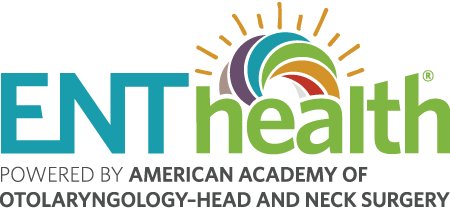Menu
Ear Fluid and Newborn Hearing Screening FAQs
How Many Babies Who Fail Their Newborn Hearing Screen Will Really Have Hearing Loss?
Only a very small number of babies who fail will have permanent hearing loss; overall, only about two or three of every 1,000 children in the United States are born deaf or hard of hearing.
How Common is Middle Ear Fluid in Children Who Fail a Hearing Screen?
Middle ear fluid is a very common cause of a failed newborn hearing screen and is found in about six out of every 10 children who fail. The fluid will often go away on its own in the first few months of life, but if it does not, it may require help from a doctor to remove it.
Can I Assume That Middle Ear Fluid is the Reason for the Failed Test?
No. The newborn hearing screen cannot determine the cause of hearing loss. About 90 percent of the time, hearing loss goes away when the fluid does, but 10 percent of children may still have a hearing loss that need further medical attention. For this reason, it is very important to retest your child’s hearing after fluid is gone.
If My Child Gets Ear Tubes, How Long Will It Take before the Fluid’s Effect on Hearing Goes Away?
For about 70 percent of children, hearing loss caused by fluid will go away right after the tubes are in place; however, for about 30 percent of children, it could take up to several months before hearing improves. So, if your child still has some hearing loss after getting tubes, keep in mind that hearing could still improve over time.
Are Some Babies More Likely to Have Problems with Middle Ear Fluid Than Others?
Middle ear fluid is more common in children with an abnormal roof of their mouth (called “cleft palate”), those with atypical face shape or skull bones, or with those who have certain inherited (genetic) problems.
If My Baby Seems to Hear Normally, Can the Tests be Wrong?
Parent assessment of child hearing is not always accurate, so it is important to have the child’s hearing professionally tested. Just because a baby reacts to sounds does not mean the child has full range of hearing; a baby may hear certain sounds but not others. Only a professional hearing test that checks each ear separately can accurately tell how your child hears.
Source
Rosenfeld RM, Shin JJ, Schwartz SR, et al. Clinical practice guideline (update): otitis media with effusion. Otolaryngol Head Neck Surg. 2016;154(1 Suppl):215-225.
Related Conditions
The information on ENThealth.org is provided solely for educational purposes and does not represent medical advice, nor is it a substitute for seeking professional medical care.
Copyright 2025. American Academy of Otolaryngology–Head and Neck Surgery Foundation

